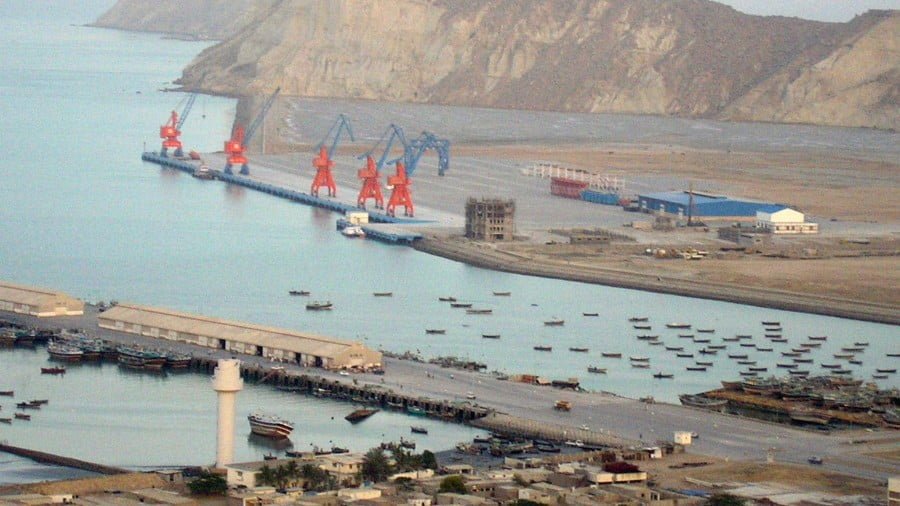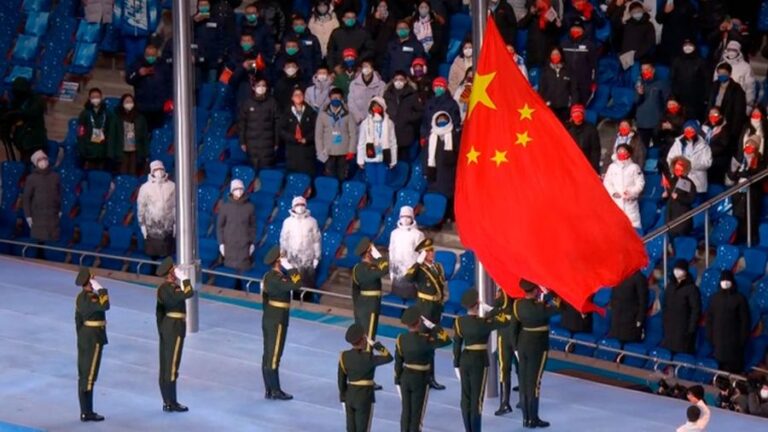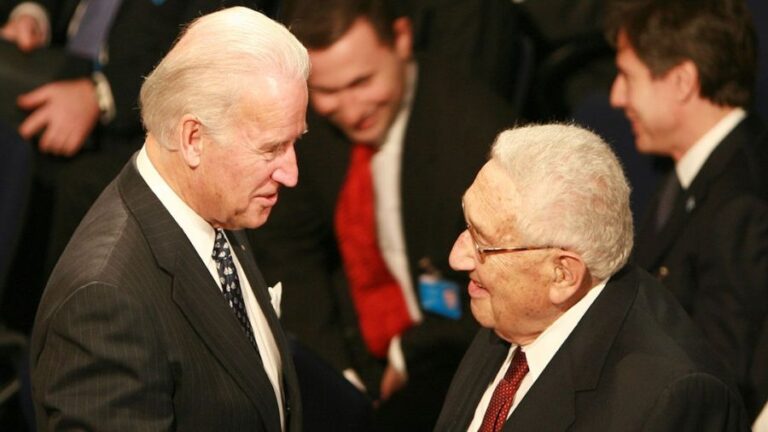Creative Non-CPEC Marketing Strategies for Pakistan
CPEC and related projects are at the core of Pakistan’s future development, but it would be prudent for the country to sometimes be able to flexibly decouple itself from this initiative in order to appeal to other partners such as Russia who are reluctant to participate in CPEC for political reasons.
The Indian Challenge
CPEC is the lynchpin of China’s One Belt One Road (OBOR) global vision of Silk Road connectivity, and it’s accordingly the jugular vein of the emerging Multipolar World Order, to say nothing of Pakistan’s future development. This megaproject has the potential to span across the entire Eastern Hemisphere through various branch corridors, all of which are in one way or another connected to the South Asian state through which the original initiative passes. It can’t be overstated just how crucial of a component CPEC is to global geopolitics, and it’s with good reason that Islamabad decided to team up with Beijing to construct this game-changing series of roads, power plants, and other tangible investments. Pakistan’s future is intertwined with that of CPEC, which is why the latter has become the basis for the country’s international rebranding in the 21st century.
The issue, however, is that CPEC’s soft power has almost been too successful for its own good because the project is inextricably connected with the idea of Pakistan functioning as a non-Malacca shortcut for other countries to trade with China. While the obvious implication is that Pakistan would naturally benefit from this transit relationship to what could become many billions of dollars of prospective trade and would eventually begin building its own value-added investments along this lucrative corridor, CPEC nevertheless by its very nature is about connecting other countries to China via Pakistan, which subconsciously frames the South Asian state’s importance to the casual entrepreneur as being primarily passive. In addition, the direct connection to China, while undoubtedly attractive for many countries, is also a political liability for those who want to retain their existing high-level relations with India.
America’s envisioned 100-year-long military-strategic partner and new “Lead From Behind” proxy is fiercely opposed to CPEC for many reasons, though its most loudly and publicly discussed one is that it passes through areas of Pakistan that India claims as its own per its maximalist approach to the Kashmir Conflict. India made it unequivocally clear that no government endeavoring to retain its privileged relations with what will soon become the world’s most populous country should dare to recognize CPEC or trade along its so-called “disputed” route in the Pakistani region of Gilgit-Baltistan. This dramatic de-facto “blackmailing” of certain countries actually isn’t all that applicable to the “Global South” states that already have much closer ties with China than India, but it’s understandably an issue for New Delhi’s Russian, Japanese, and American Great Power partners.
Russian, Japanese, And American Sensitivities
Russia’s Soviet-era relationship with India has fundamentally changed since the end of the Old Cold War and is now mostly transactional in nature, with Moscow unofficially depending more on New Delhi than the reverse because of the need that the Eurasian state has for the South Asian one’s multibillion-dollar arms and nuclear energy contracts that have become especially important in the era of the West’s anti-Russian sanctions. For this practical reason of self-interest, Russia is extremely reluctant to do anything that would signal its official approval of CPEC or interest in this project, though it should be noted that President Putin came as close as realistically possible to doing so during last year’s SCO Summit when he spoke about the need to combine the potential of this organization with OBOR. Even so, no Russian company has yet to join CPEC.
Japan has altogether different interests because it’s cooperating with India in the joint “Asia-Africa Growth Corridor” that it foresees as filling the “soft infrastructure” niche left by OBOR’s hyper-focus on “hard infrastructure” that seemingly neglects skills training, education, healthcare, and other such needs of China’s “Global South” partners. It has nothing in principle against investing in Pakistan, but it understandably doesn’t want to contribute to its Chinese rival’s project, hence why Japan hasn’t seriously considered the country as a viable investment destination. As for America, its government is quietly opposed to CPEC and is waging a Hybrid War on it together with India in order to “contain China” and cut off its direct access to the Afro-Bengal Ocean, though US companies are still free to invest their much-needed capital and international management expertise in Pakistan if they were so inclined.
Pakistan’s priority is to attract as many stakeholders to its success as possible, to which end it’s wise to creatively craft non-CPEC marketing solutions that appeal to these three Great Powers’ political sensitivities in a bid to encourage their investments in the country. Russian, Japanese, and American economic involvement in this apolitical project might even serve to influence the policies of their respective governments and make the last-mentioned one more reluctant to destabilize it if its own companies and nationals could adversely be affected by this covert campaign. Pakistan has everything to gain by practicing a “two-track” marketing strategy whereby the main thrust of this initiative links the country’s future to CPEC while the supplementary one decouples it from China and concentrates solely on bilateral investments that most immediately remain within the country.
The “Two-Track” Approach
To explain, it’ll be practically impossible for any of Pakistan’s partners to avoid utilizing CPEC-connected infrastructure once this series of megaprojects is complete because of the roads that they’ll traverse and electricity they’ll consume while operating their businesses within the country, but the point to emphasize is that no country has a monopoly on infrastructure and that using it isn’t a political statement at all. For example, Pakistan could very easily rely on Indian-built “North-South Transport Corridor” infrastructure in Iran to one day trade with that country, Turkey, Azerbaijan, and even as far afield as Russia, so the same depoliticized logic can be applied to any of its partners that want to do the same in trading with or investing in Pakistan through CPEC’s facilitative infrastructure. This accordingly raises the question of what is and isn’t a CPEC investment.
The criteria will ultimately be up to the Pakistani authorities themselves to decide, but a general guideline could be that any economic activity inside the country that doesn’t produce something that eventually goes to China could be decoupled from the CPEC portfolio as a stand-alone bilateral project. This would even include the special economic zone (SEZ) in Gwadar, which could then be reconceived of as valuable real estate for countries such as Japan to use for building transshipment, production, and/or (re)assembly plants in the middle of Western European and East Asian maritime trade routes, or even for entrepreneurs in each Eurasian extremity to set up base in for facilitating trade with their “Global South” partners along the Afro-Bengal Rimland. When courting such partners, it’s actually advantageous to downplay the China factor so to assuage their political concerns vis-à-vis India.
Nevertheless, it’s very probable that the given company will eventually use its base of operations in Pakistan to trade with China seeing as how the People’s Republic is the Eastern Hemisphere’s economic center of gravity and too irresistible of a partner for anyone to refuse to deal with no matter the political sensitivities involved if they’ve already set up shop along CPEC. They’d then de-facto end up participating in CPEC even if their original investment wasn’t marketed as being part of this initiative, cleverly providing them with a plausible explanation that they could then rely on in response to Indian objections after they silently join this project with time. After all, India is so hungry for international investment that it probably won’t turn away any foreign company that’s active in Pakistan so long as they’re not openly (key word) involved in CPEC.
Concluding Thoughts
CPEC is the spinal cord of pan-hemispheric trade in the Eastern Hemisphere and especially the Afro-Bengal Region’s commerce with China, yet India is pressuring its main international partners to avoid participating in this project because of its exaggerated Kashmir-connected concerns. This won’t deter the many small- and medium-sized “Global South” states that already count China as their largest trading partner, but it’s unfortunately causing Russian, Japanese, and American companies to think twice about getting involved, though it’s precisely these countries that need to become stakeholders in CPEC’s success in order to diversify the project and ensure its long-term win-win viability. The more that Great Powers take an interest in profiting from Pakistan’s geo-economic potential, the more that this country and its eponymous connectivity corridor with China will fulfill their destinies as the 21st century’s multipolar centerpieces.
The solution that Pakistan must seek is to tailor its marketing strategy towards these Indian-influenced countries and companies in such a way as to downplay the China factor and emphasize their state’s own stand-alone economic attractiveness, buffeted as it is by the facilitative support provided by Chinese road and energy investments through CPEC. There’s no such thing as a “Chinese highway” or “Chinese power plant” in Pakistan even though the country is constructing such infrastructure using Chinese loans, meaning that the services that foreign companies would be utilizing are officially Pakistani and not Chinese anyhow. By employing a “two-track” marketing strategy that promotes Pakistan’s more than 200 million people, upgraded infrastructure, and geostrategic location along the Afro-Bengal Rimland as separate from its attractiveness as a transit state to China, Islamabad might finally succeed in wooing Russian, Japanese, and possibly even American investors.






